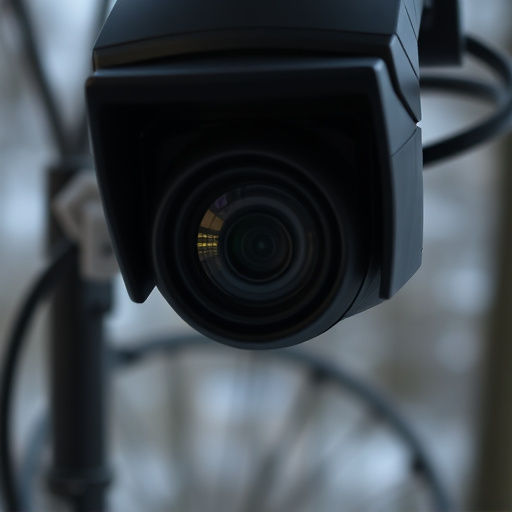Detecting small hidden cameras in bedrooms requires specialized tools like UV light sources, thermal imaging cameras, and advanced signal scanning tools. Thermal imaging cameras are particularly effective due to their ability to identify temperature variations caused by electronic devices. RF signal scanning offers another robust solution, analyzing wireless signals to pinpoint even the smallest hidden cameras, ensuring comprehensive privacy protection in residential and commercial settings.
Uncovering hidden recording devices has become a vital concern in an era where privacy is increasingly fragmented. This article delves into innovative scanning methods designed to detect even the tiniest hidden cameras, from thermal imaging to sound wave analysis. Specifically, we explore advanced techniques tailored for bedrooms, offering practical solutions like EMF and IR lighting scanners, as well as countermeasures such as signal shielding and smart lighting usage to safeguard your privacy against small hidden cameras in intimate spaces.
- Detecting Small Hidden Cameras: Tools and Techniques
- – 1.1 Thermal Imaging Cameras: Uncovering Heat Signatures
- – 1.2 RF (Radio Frequency) Signal Scanning: Pinpointing Wireless Devices
Detecting Small Hidden Cameras: Tools and Techniques
Detecting small hidden cameras, often used in clandestine surveillance, requires specialized tools and techniques to ensure their identification. In bedrooms or any private spaces, where these devices might be concealed, a combination of visual and technical methods can help in their discovery. One effective approach is using UV light sources; many hidden cameras emit visible light outside the ultraviolet spectrum, revealing their presence when illuminated with UV light. This method is especially useful for identifying small, miniature cameras that are hard to spot with the naked eye.
Another tactic involves employing thermal imaging cameras, which detect heat signatures. Hidden electronic devices generate slight temperature variations, making them distinguishable from their surroundings. This technique is valuable in identifying hidden cameras disguised as everyday objects or embedded in walls and ceilings. Additionally, experts often utilize advanced signal scanning tools that can intercept and analyze wireless signals emitted by these cameras, allowing for precise location and detection, even if they are not visually apparent.
– 1.1 Thermal Imaging Cameras: Uncovering Heat Signatures
Thermal imaging cameras are powerful tools in the quest to detect hidden recording devices, especially those cleverly disguised as everyday objects or small hidden cameras for bedroom settings. These innovative devices operate by capturing and translating heat signatures into visual images, revealing what may be invisible to the naked eye. By utilizing infrared technology, they can identify temperature variations, helping professionals locate potential covert recording equipment.
In scenarios where a small hidden camera might be concealed in a room, thermal imaging offers a unique advantage. It can pinpoint devices by detecting the subtle heat differences they emit compared to their surroundings. This method is particularly useful for privacy experts and law enforcement when investigating surveillance concerns, ensuring that even the most discreetly placed recording devices are not missed.
– 1.2 RF (Radio Frequency) Signal Scanning: Pinpointing Wireless Devices
Hidden recording devices, often in the form of small hidden cameras for bedroom settings, have become increasingly sophisticated with advancements in technology. One powerful method to detect and locate these clandestine devices is through RF (Radio Frequency) signal scanning. This technique is particularly effective for identifying wireless cameras and microphones that transmit data over radio waves.
RF signal scanners emit signals that interfere with the device’s transmission, causing it to emit a unique signature. By analyzing these signatures, experts can pinpoint the exact location of the hidden camera or microphone. This method is crucial when privacy is a concern, such as in residential or commercial settings, ensuring that even the smallest devices cannot operate unnoticed.
In detecting small hidden cameras, such as those that might be present in a bedroom, advanced methods like thermal imaging and RF signal scanning prove invaluable. These non-intrusive techniques allow for comprehensive coverage while preserving privacy. By utilizing the unique heat signatures and wireless signals emitted by these devices, professionals can uncover potential security risks, ensuring peace of mind for homeowners concerned about their private spaces.
